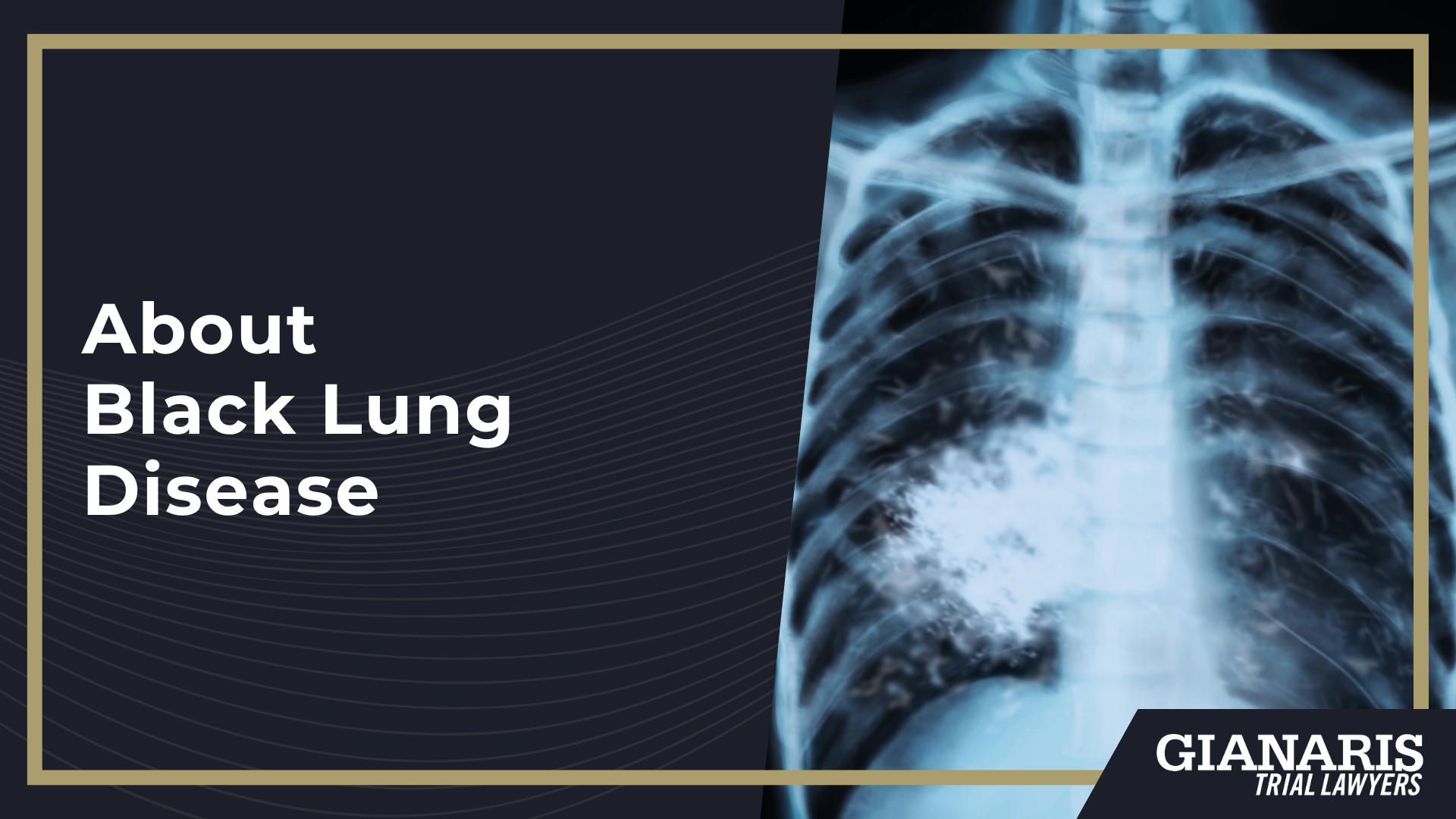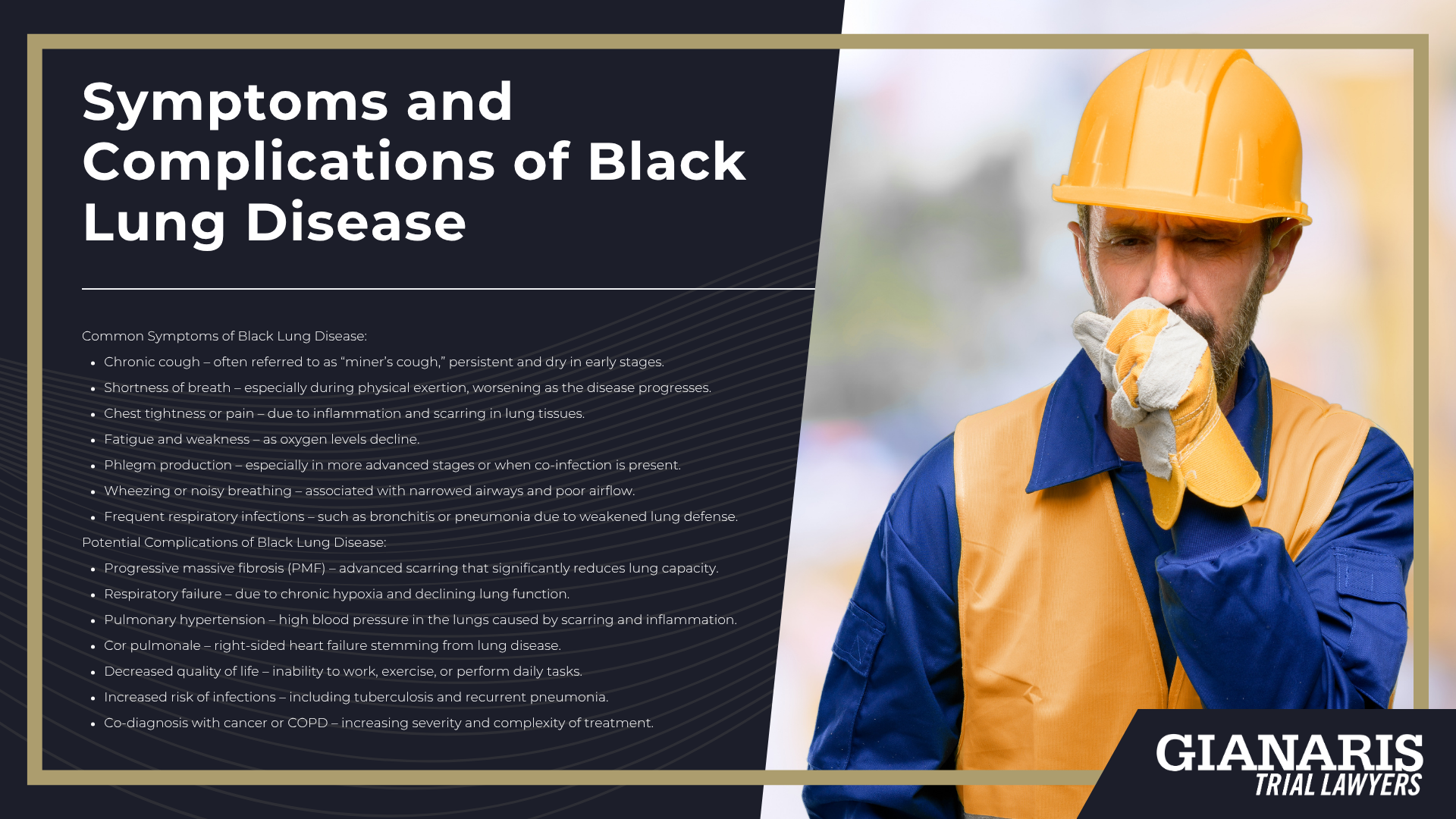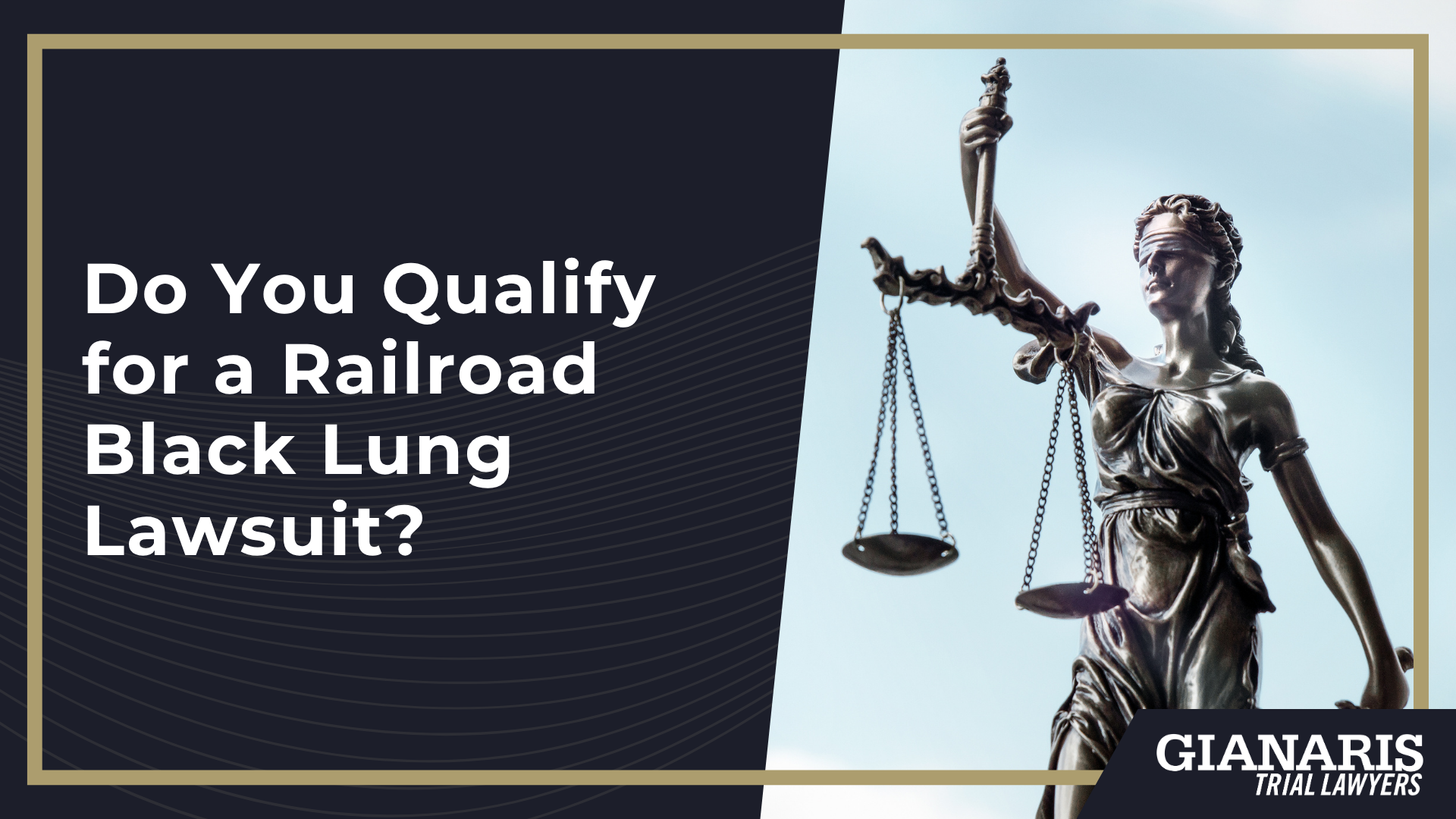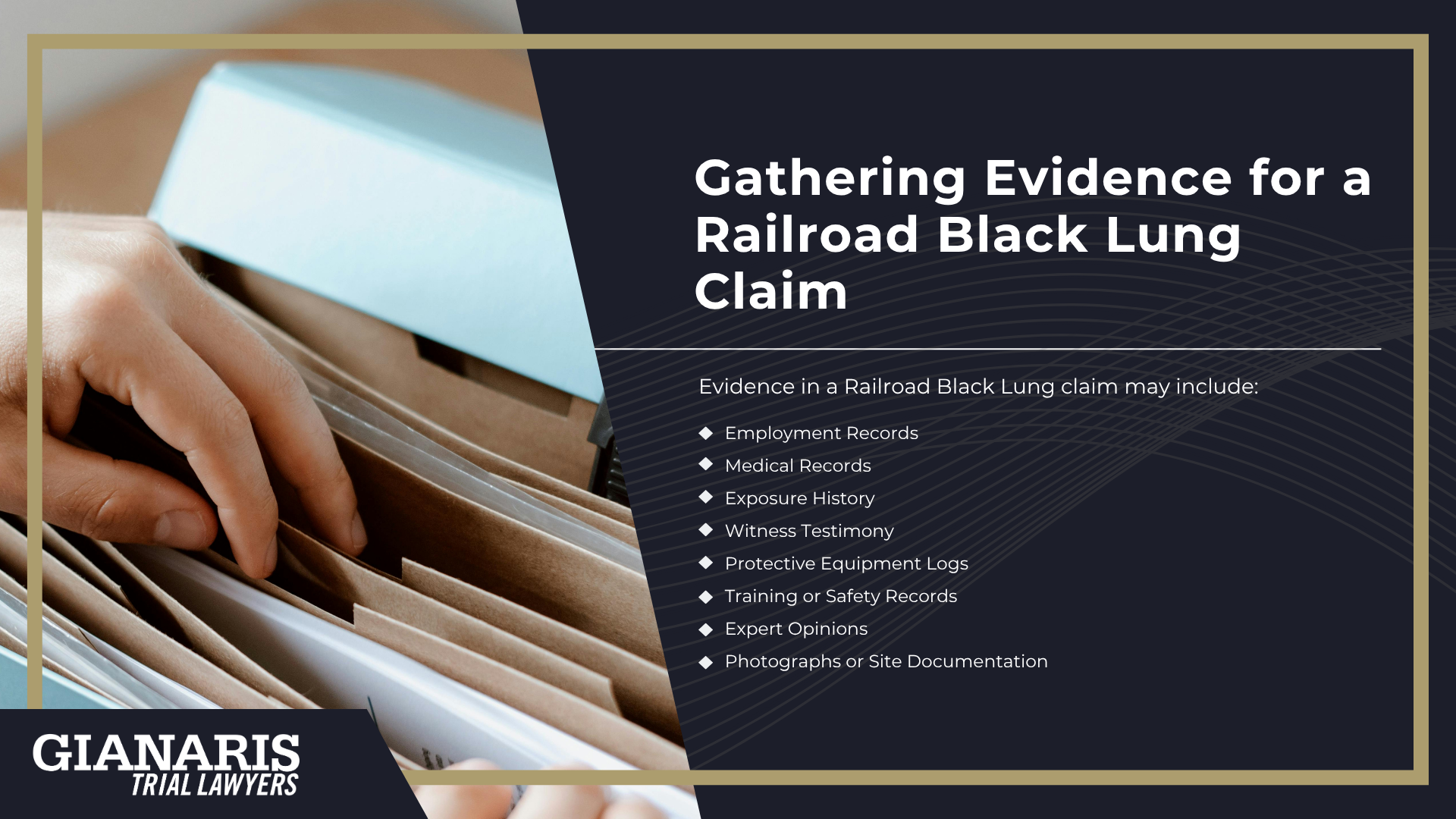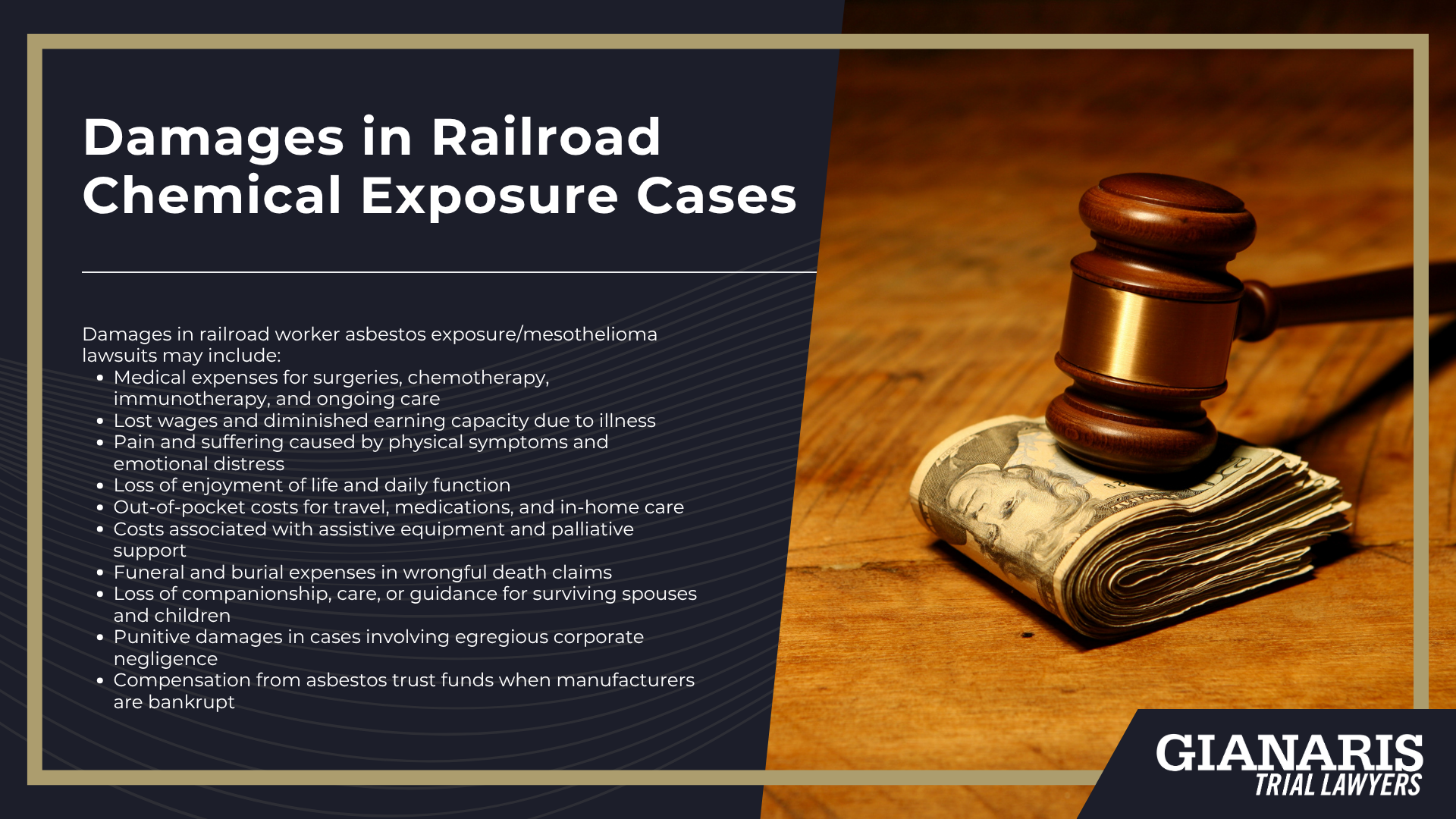While black lung disease (coal workers’ pneumoconiosis, or CWP) is most commonly diagnosed among underground coal miners, the railroad industry (particularly workers involved in the transportation of coal) may also face occupational exposures that significantly elevate their risk.
Coal dust can generate hazardous particulate matter when loaded, transported, dumped, or cleaned in enclosed or semi-enclosed rail cars, and it may accumulate in poorly ventilated engine compartments and rail yards.
Even short‑term exposure in confined spaces with high concentrations of coal dust can contribute to cumulative lung damage over time.
Railroad employees who regularly handled coal or worked near trains carrying coal are subject to prolonged exposure, which can cause lung inflammation, fibrosis, and ultimately black lung disease.
These dangerous substances trigger the same pathophysiology as seen in miners, including chronic inflammation and lung scarring as macrophages engulf coal particles that penetrate deep into the bronchioles
Although black lung among railroad workers is rare, studies show that workers at ports and rail facilities who handle coal frequently exhibit radiographic evidence of pneumoconiosis, and advocates have called for broader screening protocols to identify affected individuals.
Because coal dust exposure can continue even after leaving the job, incidence may increase over time, with symptoms like shortness of breath and chest tightness often emerging years later.
These cases may support railroad cancer litigation or FELA occupational illness claims, especially when coal transport and rail yard duties involved repeated contact with coal dust.
Families should also investigate whether railroad companies warned workers about risks or provided adequate protections.
Workers diagnosed with black lung after railroad employment may have grounds to pursue legal action, including compensation under FELA for medical expenses, lost income, and other damages.
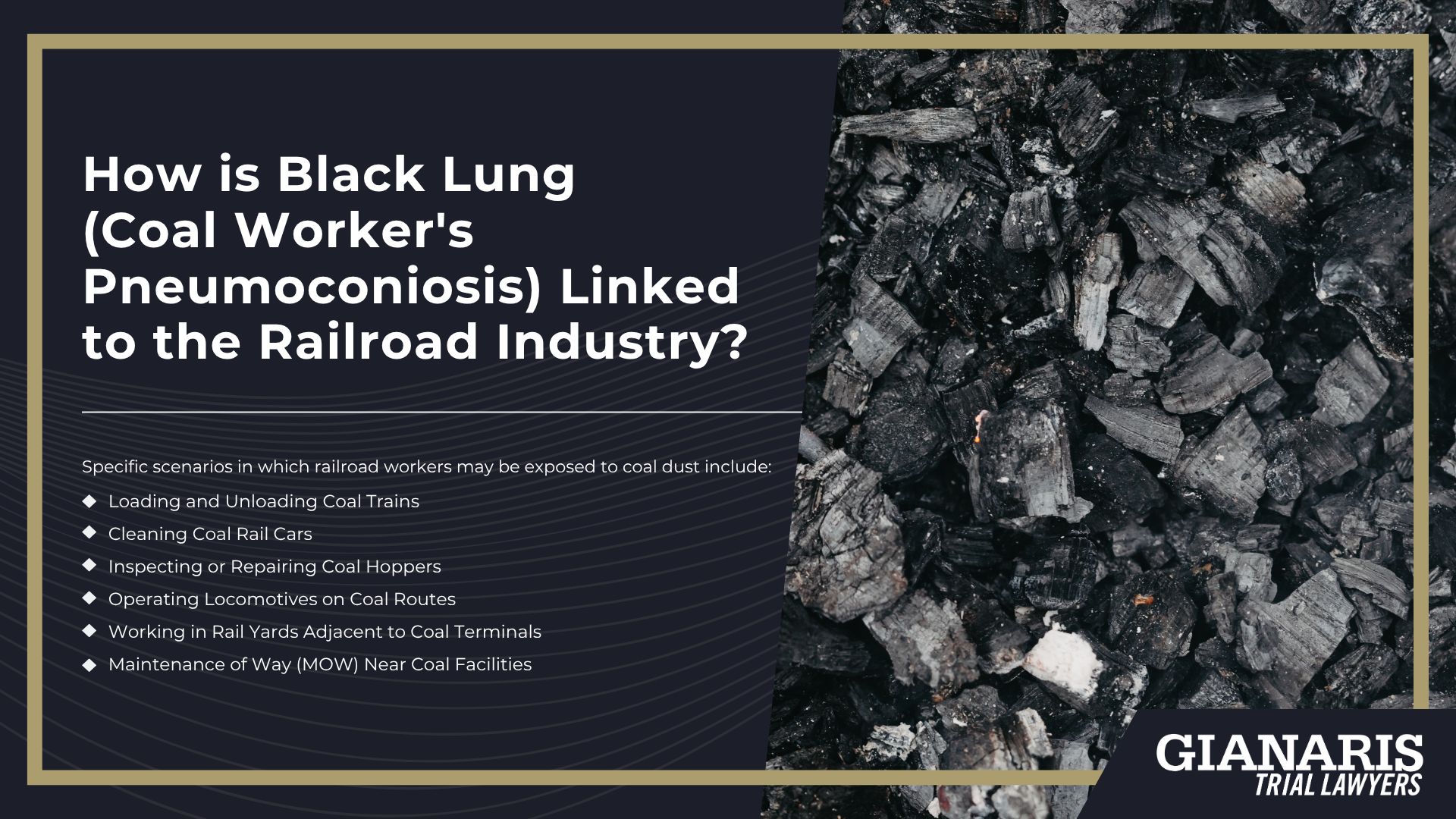
Specific scenarios in which railroad workers may be exposed to coal dust include:
- Loading and Unloading Coal Trains – Workers stationed at terminals or yards where coal is actively loaded or offloaded may inhale concentrated coal dust clouds released during the dumping process.
- Cleaning Coal Rail Cars – Employees assigned to clean or maintain coal-hauling cars often disturb residual coal dust trapped in corners, joints, or liners, creating airborne particulates.
- Inspecting or Repairing Coal Hoppers – Carmen, inspectors, and maintenance workers may be exposed to coal dust when examining or welding on cars previously used to haul coal, especially if proper ventilation or dust suppression is lacking.
- Operating Locomotives on Coal Routes – Engineers and conductors on trains transporting coal may encounter persistent low-level dust from uncovered cars, particularly when windows or ventilation systems pull in external air from coal dust-laden routes.
- Working in Rail Yards Adjacent to Coal Terminals – Yard workers and flaggers stationed near stockpiles or staging areas may be exposed to ambient dust stirred up by wind, equipment, or passing trains.
- Maintenance of Way (MOW) Near Coal Facilities – Track workers performing repairs or inspections on lines serving coal terminals may disturb coal-contaminated ballast or breathe in residual dust along the right-of-way.
Railroad Jobs at an Increased Risk of Black Lung and Coal Dust Exposure
Railroad workers involved in the transportation, handling, and maintenance of coal shipments may face a heightened risk of inhaling harmful coal dust over time.
While black lung disease (more formally known as coal workers’ pneumoconiosis) is more commonly associated with underground miners, certain railroad job roles regularly involve significant exposure to coal dust during loading, transit, and maintenance.
These exposures may be cumulative and often occur in confined or poorly ventilated spaces, especially in yards, shops, or along active coal routes.
Workers may not always be provided with proper protective equipment, nor adequately warned of the potential long-term respiratory risks associated with repeated contact with coal dust.
As a result, railroad workers in specific positions may face an elevated risk of developing serious lung disease after years of occupational exposure.
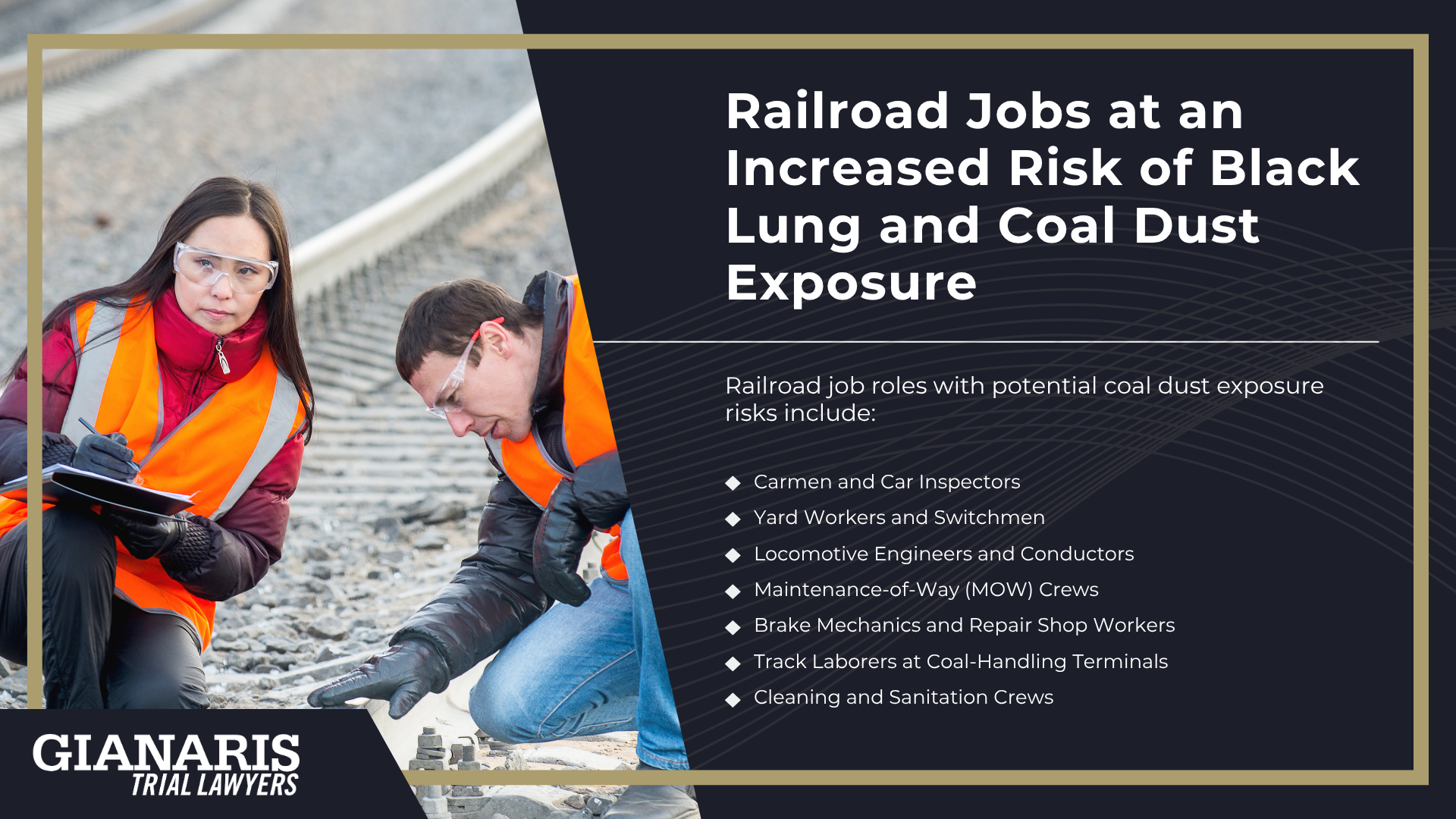
Railroad job roles with potential coal dust exposure risks include:
- Carmen and Car Inspectors – Inspect and repair coal hopper cars, often working in confined areas with residual coal dust buildup.
- Yard Workers and Switchmen – Spend long hours near coal terminals, stockpiles, or on coal-carrying routes where dust disperses from open cars.
- Locomotive Engineers and Conductors – Operate trains carrying uncovered coal loads, potentially inhaling airborne particles pulled into the cab during transit.
- Maintenance-of-Way (MOW) Crews – Perform track maintenance on routes heavily trafficked by coal shipments, disturbing coal-contaminated ballast and materials.
- Brake Mechanics and Repair Shop Workers – Work inside enclosed facilities or pits where residual coal dust from train cars may accumulate in the air and on surfaces.
- Track Laborers at Coal-Handling Terminals – Regularly operate heavy equipment or conduct inspections in areas with persistent coal dust contamination.
- Cleaning and Sanitation Crews – Tasked with removing coal residue from railcars and facility floors without appropriate respiratory protection.


